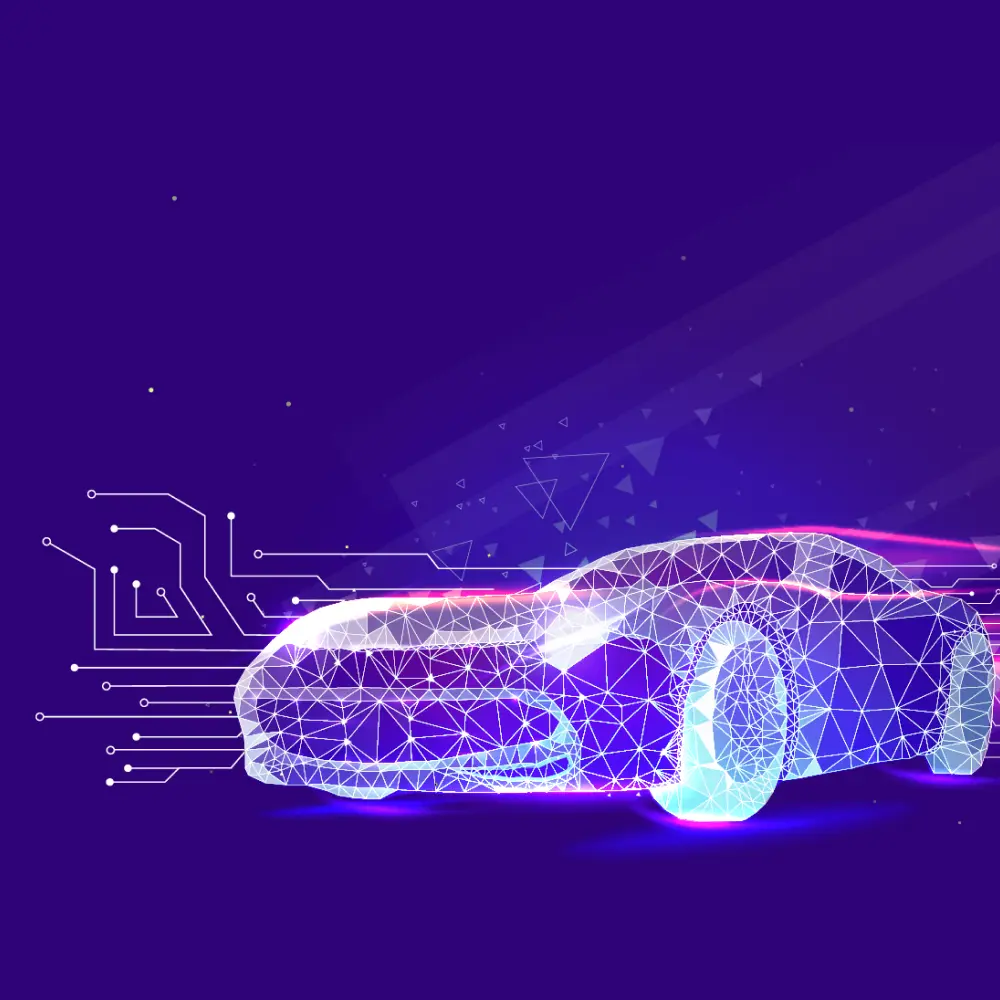As we get into a new digital age, filled with technology innovations, brands have started deploying AI-powered Digital Humans to ensure engaging experiences with its customers. The key aspect here is to maintain the human element of business while interacting with these virtual assistants to give customers a personalized feel. AI avatars are starting to become popular among various industries as they see it as a way for people to communicate effectively on different platforms. Most brands have already begun to embrace these digitized personas, so that they can be used in their marketing efforts.

What brands are using AI avatars?
Samsung
Samsung’s future factory STAR Labs has developed an AI-powered virtual avatar called Neon. These AI avatars are designed to converse and sympathize “like real humans” in order to act as lifelike companions. In their initial trials, Neons act mostly in the capacity of an AI-powered chatbot, with a face that you can speak to. But unlike the Siri and Alexa we have today who tell us about the weather and how long it might take to drive to the mall, Neons can do much more.
For example, users can learn yoga from Neon, which is programmed to show you various poses and just like a human teacher, slowly increases the level of difficulty as you get hold of new skills. If users want to learn a new language and become fluent in it, a Neon can teach as well as translate in real-time whenever you need help. However, if users respond harshly to a Neon, it can get upset, resulting in the AI becoming angry at you. It works both ways because if users are pleasant and polite to Neon, they will respond in kind.
Right now Neon doesn’t intend to turn the avatars into physical robots, but they may exist as holograms eventually in the long run.
Gucci
Popular clothing brand like Gucci has successfully jumped onto the brand AI avatar train as well. Gucci is currently focusing on expanding to their younger audience. To engage with them better, they have partnered with Genies. Gucci basically integrates the SDK (Software Development Kit) into their apps to let customers create their own Genie avatars by personalizing it to make it look like them.
The moment they started the campaign, it immediately showed an increase in the brand’s revenue. To take this forward, Gucci has also announced plans to develop a “digital closet” which gives all their younger audiences the opportunity to personalize their avatars further. At the same time, Gucci can promote their apparel range. This brand is trying to build a long-lasting online relationship with its customers by engaging with its Gen Z audience.
IBM
IBM is not too far behind either, in fact, they have multiple digital avatars already. One of them is Sam, who is an autonomously animated, emotionally responsive, human-like avatar, which is powered by IBM’s partner Soul Machines HumanOS and Digital DNA technology. It was developed to create an emotional bond with the user on the issue of marine litter, as it has become a worldwide problem. Sam’s main purpose is to provide access to the information contained in UNEP’s (United Nations Environment Program) Global Platform on Marine Litter to anybody. IBM believes that having an emotional bond will lead to some action.
The next one is Sarah. She’s the new building virtual assistant and a digital concierge who was created with IBM Watson IoT and Quantum Capture. Sarah knows everything about the building, be it its occupants, number of rooms, and other facilities. She is present to help both customers and regular employees alike, to understand, interact, and navigate their workplace. Sarah can check the availability of meeting rooms and then reserve them for later. She can also find rooms based on specific requirements, be it in a particular building or on a specific floor, for some number of occupants. The main goal of using Sarah is for businesses to free up staff from mundane tasks and drive more operational efficiency.
Karnataka Bank Ltd
KBL has partnered with DaveAI to make banking easier for its customers. They have incorporated a virtual avatar called DhIRA, that uses unique conversational intelligence and algorithms to deliver hyper-real time recommendations based on customer interaction. DhIRA is currently deployed on a kiosk (which can be found in an e-lobby) that is fitted with a facial detection camera. The entire application will be interactive with touch and voice functionality. This provides the users the ability to explore various options & services for an improved customer journey. This experience is unique to every customer that DhIRA interacts with, and this gives it a personalized touch.
Calvin Klein
Popular fashion brand Calvin Klein had a pretty controversial but famous campaign that featured a brand avatar in 2019. This particular ad showed celebrity and model Bella Hadid, alongside a virtual influencer called Lil Miquela who was gaining popularity on social media (this digital avatar now has over 2.4 million followers on Instagram). The video campaign by Calvin Klein aimed to raise awareness about LGBTQ rights, but it wasn’t perceived well by the community.
These kinds of new virtual avatars are designed to create an immersive type of customer experience to form a more meaningful relationship between the brand and its customers. The main goal here is to create an authentic experience for them.
Yoox
This Italian e-commerce platform, which deals with luxury fashion goods, launched a very unique product called Yoox Mirror. This was one of the first companies to test this physical-digital merger in 2007, as it involved a virtual fitting room where shoppers could interact with a digital avatar called Daisy. This particular AI avatars could be fully customized to resemble the buyer and they could edit and view different looks.
Yoox is also a pioneer in AI fashion design, and they are keenly interested in consumers’ value perception of AI-designed garments (long-term implications of using AI as a fashion designer).
Maruti Suzuki
One of India’s leading automobile brands, Maruti Suzuki has integrated AI Avatars on their digital channel as a part of the pilot with DaveAI-who were the winners of the Maruti Suzuki MAIL initiative. The virtual sales avatar ‘Dave’ appeared on the Maruti Suzuki website & replicated an actual salesperson for customers to interact with. Customers could ask various queries about the features of the car, like mileage, engine specification, security aspects, and performance to name a few. This was made possible by using state-of-the-art artificial intelligence to interact with customers, such as speech technology, secure facial detection system, 3D visualization, and the ability to mimic a human sales brain.
Avatars have come a long way as brands choose to connect with their customers better & provide a personalized experience. They can interact with people on an emotional level and at the same time give them intelligent recommendations and smart answers. Clearly, AI Avatars are combining the best of both worlds, human and technological for brands to use in the long run.



